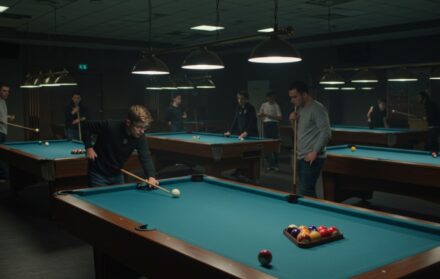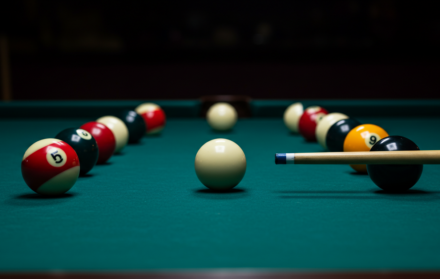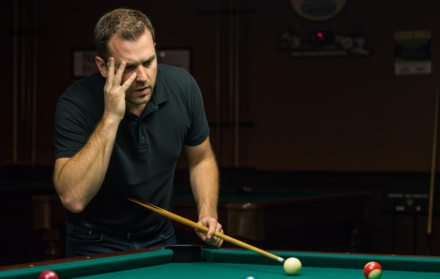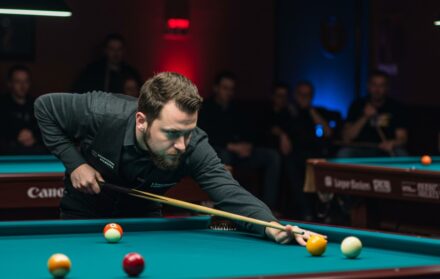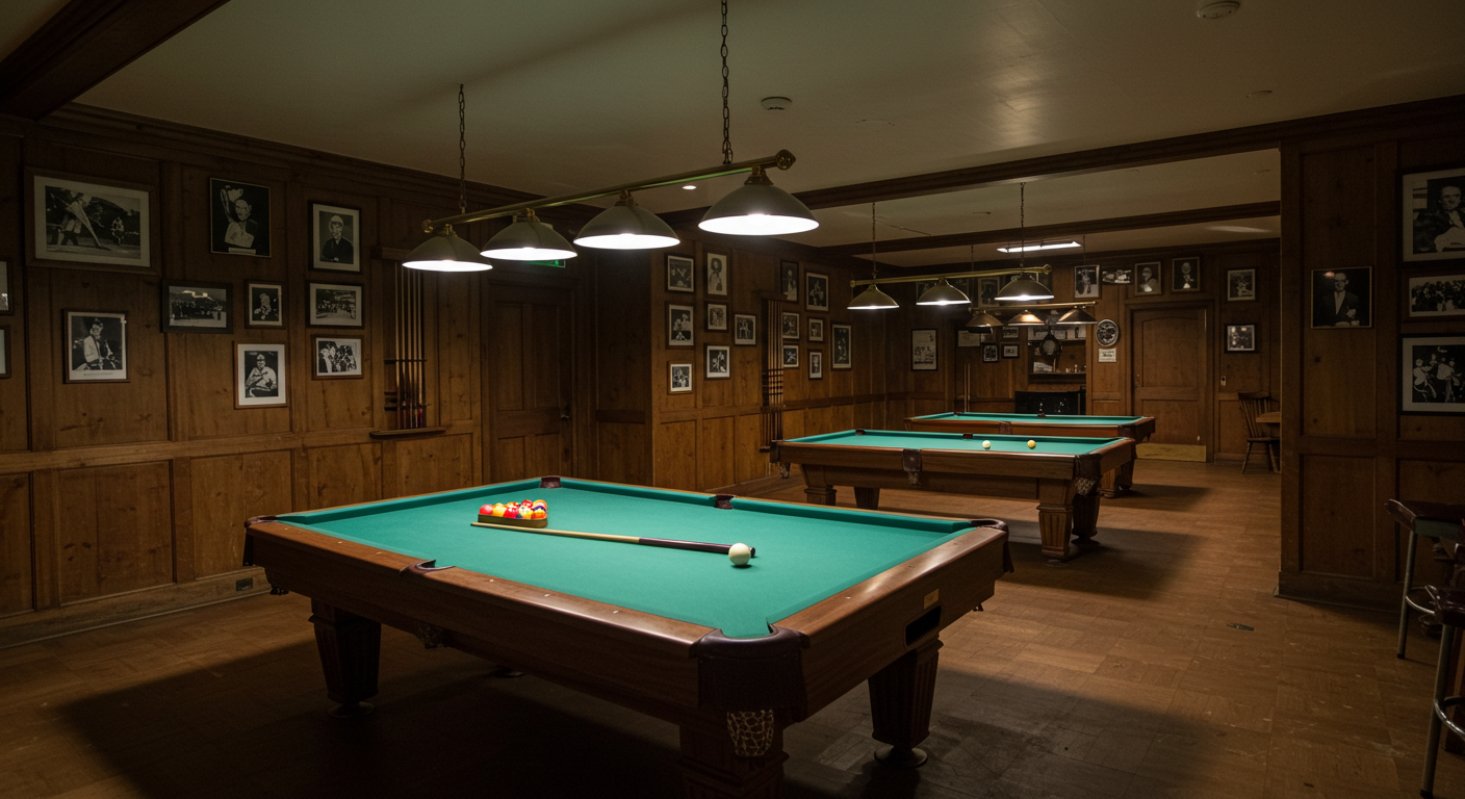
History of American Pool
Understanding the history of American pool offers more than just trivia—it provides insight into how a simple pastime became one of the most recognisable cue sports in the world. It’s a journey filled with innovation, cultural shifts, and fascinating characters who brought the game from smoky taverns to centre stage at international tournaments.
American pool, unlike snooker or British pool, has its own style and spirit. Its larger tables, wider pockets, and powerful breaks reflect the bold, fast-paced nature of the culture that developed it. But this didn’t happen overnight. The game evolved through centuries of experimentation, competition, and cultural adaptation.
Knowing where pool came from deepens our appreciation of the game. It connects today’s casual players and professionals to a legacy of strategy, hustle, and style. From cowboys in Wild West saloons to suit-clad competitors on global TV, the history of American pool is as much about the people who played it as the cues and balls they used.
In this article, we’ll explore its early roots, major turning points, legendary figures, and how it became the international sport we recognise today. Whether you’re a beginner, enthusiast, or seasoned pro, the story of American pool is one worth knowing.
History of American Pool: From European Billiards to American Innovation
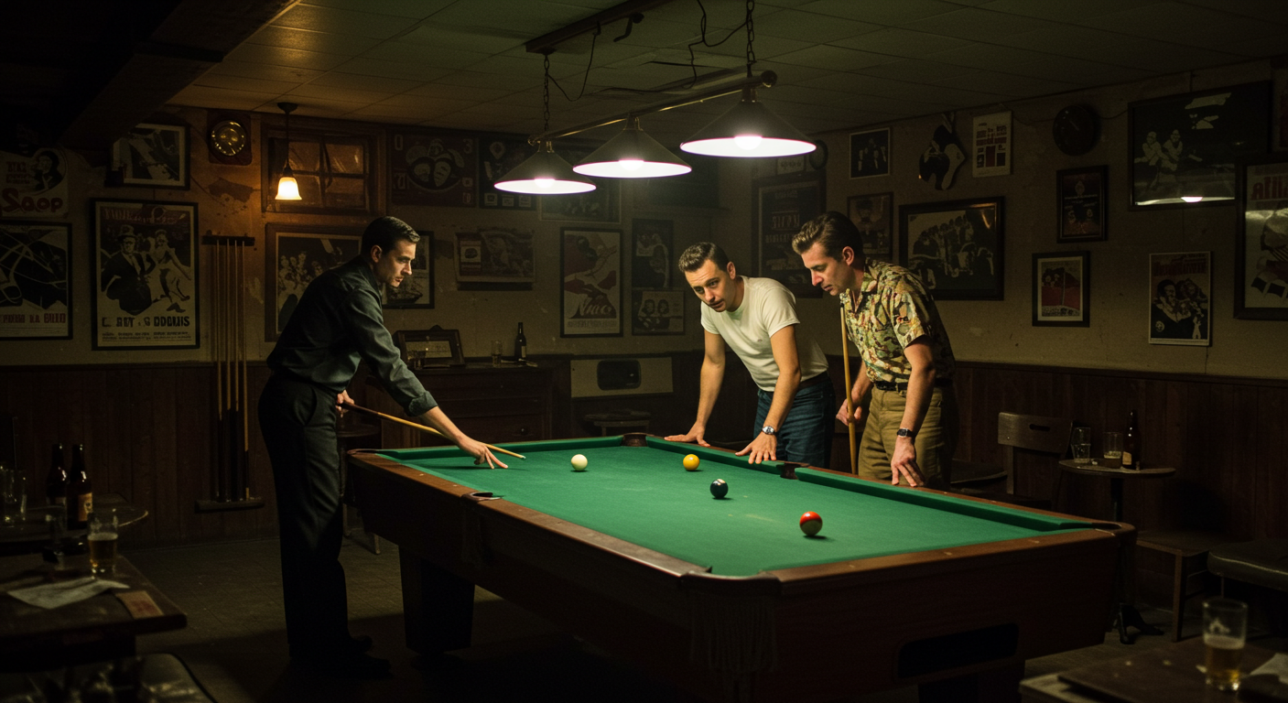
American pool’s earliest roots trace back to Europe, where billiards first emerged in the 15th century. Originally played outdoors on grassy lawns, the game evolved into an indoor pastime played on tables covered in green cloth to resemble turf. By the 17th century, various forms of billiards—ranging from carom to pocket games—were well-established across France and England.
When European settlers arrived in North America, they brought their cue sport traditions with them. Over time, American players adapted these games, placing greater emphasis on speed, potting skill, and entertainment. While snooker retained popularity in Britain and its Commonwealth countries, Americans leaned into the more casual and dynamic versions of pocket billiards.
In the 1800s, American pool began to diverge from its European counterparts. Tables were made larger, balls heavier, and cues thicker. This gave rise to uniquely American versions of the game, including straight pool (14.1 continuous), rotation, and eventually 8-ball and 9-ball.
The term “pool” originated from the slang used in gambling circles, referring to the “pool” of bets made in a game. Poolrooms, once linked with betting on horse races, started featuring cue tables for patrons to pass time between races. Eventually, the game itself took on the name “pool.”
This innovative spirit laid the foundation for a sport that would become a staple of American leisure culture.
The 19th Century: Saloon Culture and the Rise of the Hustler
In the 19th century, American pool truly found its identity. As cities expanded and saloons became central social hubs, pool tables became a common feature in bars, taverns, and even gambling dens. These spaces were where the working class came to unwind, make bets, and demonstrate skill with a cue. The informal atmosphere of these saloons helped shape American pool’s fast, fluid playing style and its enduring association with street smarts and swagger.
During this time, straight pool—also known as 14.1 continuous—emerged as the dominant form of the game. In straight pool, players aim to reach a set number of points by pocketing balls in any order, requiring a mix of precision, strategy, and planning several shots ahead. It became the standard in early tournaments and set the stage for the first professional competitions.
Meanwhile, the concept of the “pool hustler” was born. Talented players would travel from town to town, betting on games and hiding their true abilities to lure opponents into higher stakes. This gave rise to legendary stories and colourful characters, many of whom later became part of pool folklore.
Though the game was thriving in popularity, it still carried a reputation for vice and gambling. Respectable society often looked down on pool halls, associating them with delinquency and danger. However, this outsider image only added to the sport’s mystique, making it even more appealing to rebellious young players.
The late 1800s also saw the creation of early pool leagues and local tournaments, helping to slowly transform the game from a backroom pastime into a legitimate competition. With infrastructure beginning to take shape, the stage was set for American pool’s next big evolution—professionalism and national prestige.
1960s–1980s: The Hustler Era and Cultural Renaissance
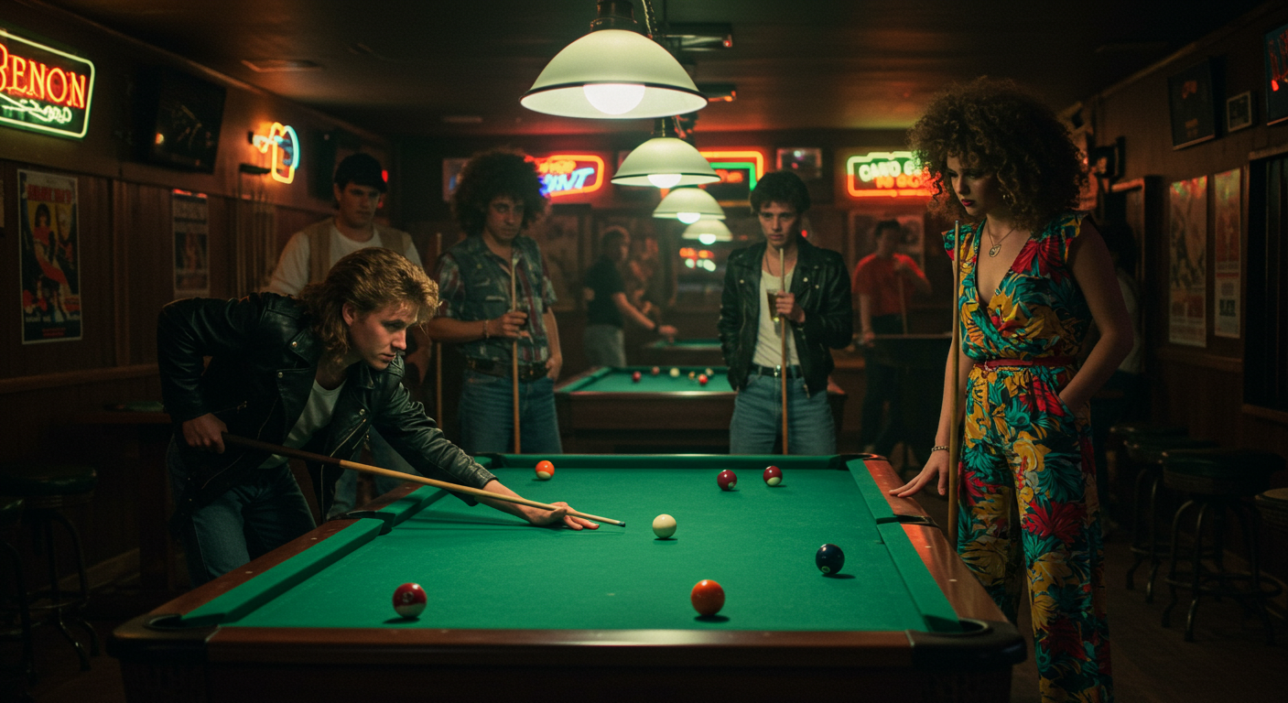
The 1960s through the 1980s marked a golden era for American pool—one deeply entwined with pop culture, cinematic glamour, and an enduring fascination with the pool hustler archetype. This period saw a resurgence in popularity, largely thanks to the silver screen and the gritty charm of underground competition.
A pivotal moment came in 1961 with the release of The Hustler, starring Paul Newman as “Fast Eddie” Felson. The film depicted pool not just as a game, but as a dramatic, emotionally charged pursuit of identity and redemption. Audiences were captivated by the shadowy, competitive world of backroom games and high-stakes matches. Pool halls, which had seen a decline, suddenly filled up with inspired players imitating their cinematic heroes.
In response, cue sports saw a spike in interest, and a new wave of professional players emerged—many of whom embodied the rebellious, confident energy portrayed on screen. Professional pool players like Minnesota Fats (Rudolf Wanderone), Mike Sigel, and Earl Strickland became known not just for their skill, but also for their flamboyance and showmanship.
This momentum continued into the 1980s with The Color of Money (1986), the sequel to The Hustler. Again starring Paul Newman—this time joined by Tom Cruise—the film reintroduced the sport to a younger audience and cemented pool’s image as both a battle of brains and bravado.
Meanwhile, 9-ball began to rise as the go-to format for fast-paced, thrilling games suitable for television. It was dynamic, exciting, and allowed for dramatic comebacks—perfect for an entertainment-driven era.
With the rise of televised tournaments, corporate sponsorship, and charismatic players, American pool in the 1960s–80s enjoyed a true cultural renaissance. The hustler era gave the sport not only flair and fame but also a deeply rooted connection to American identity and storytelling.
Early 20th Century: Professionalism, Prestige, and the Mosconi Era
As the 20th century began, American pool gradually transitioned from its reputation as a gambling hall diversion to a respected competitive sport. This period marked the birth of professional pool as we know it today, with structured tournaments, codified rules, and the rise of superstar players who brought new legitimacy to the game.
One of the most influential developments was the emergence of national tournaments such as the World Straight Pool Championship, which became the premier event for showcasing elite talent. These tournaments were often held in grand venues and drew large crowds, helping shift public perception of pool from back-alley vice to skilled, gentlemanly sport.
The figure who most symbolises this era is Willie Mosconi, often regarded as the greatest straight pool player of all time. Between 1941 and 1957, Mosconi won the world title 15 times and set numerous records—including a run of 526 balls without a miss. His crisp suits, soft-spoken manner, and unmatched skill helped elevate the sport’s image.
Perhaps even more influential was Mosconi’s work as a public ambassador. He performed exhibitions across the country, promoted the game on early television, and even served as a technical advisor on films like The Hustler. His presence helped bridge the gap between serious competition and entertainment, drawing new fans to the sport.
Pool halls flourished in this period, becoming clean, well-lit places where middle-class Americans could enjoy competitive recreation. Manufacturers like Brunswick also began producing standardised tables, balls, and cues, improving equipment quality across the board.
The professional structure introduced during this time laid the foundation for modern pool. With big names, better media exposure, and a growing fan base, American pool was poised for a cultural explosion—especially with the help of Hollywood and televised sport in the decades to come.
Modern Era: Global Reach, Technology, and Tournament Expansion
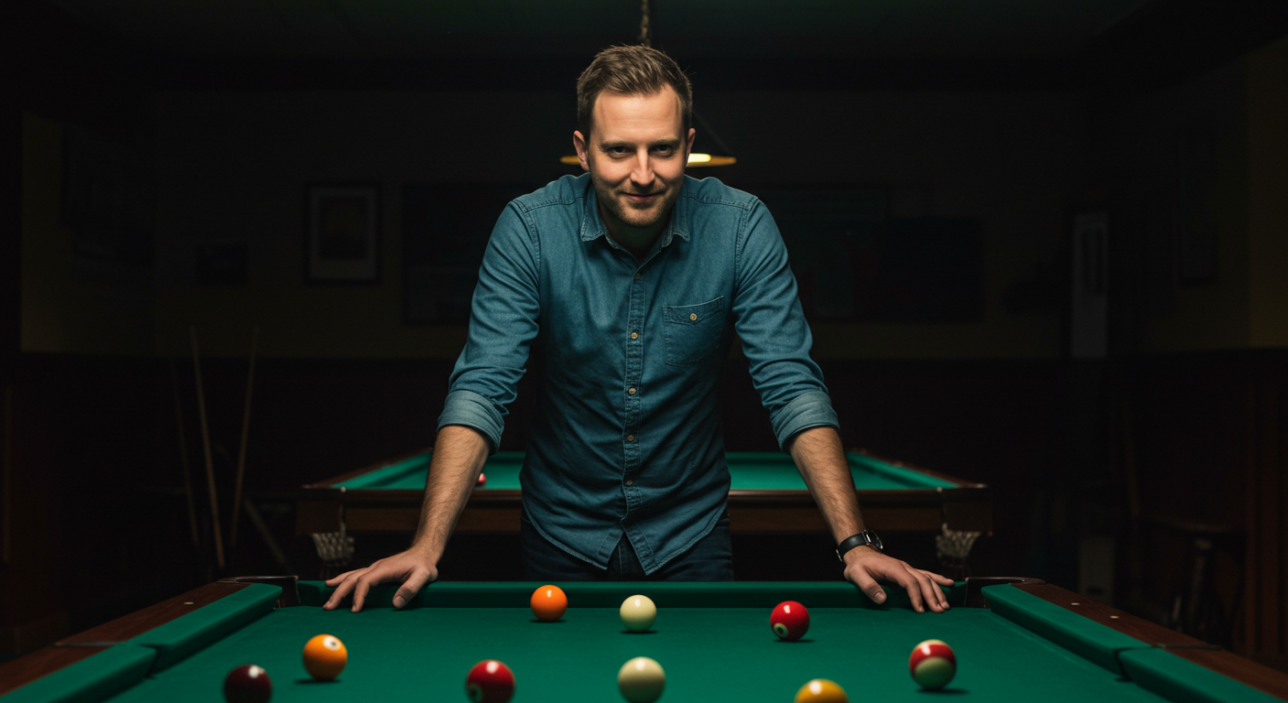
As American pool entered the 1990s and 2000s, the sport underwent another dramatic transformation—this time into a truly global phenomenon. With advances in media, equipment, and international competition, pool transitioned from a predominantly American pastime to a sport enjoyed and dominated by players from around the world.
One of the biggest shifts was the rise of televised and live-streamed events. The ability to broadcast matches via satellite TV and, later, online platforms brought pool into millions of homes. Tournaments such as the U.S. Open 9-Ball Championship, the World Pool Championship, and the Mosconi Cup became staples for fans, delivering drama, personality, and top-tier gameplay on a global scale.
The internationalisation of the game also introduced new stars. While American players like Shane Van Boening, Rodney Morris, and Jeanette Lee continued to shine, competitors from Europe and Asia began to dominate the world rankings. The likes of Efren Reyes (Philippines), Francisco Bustamante, and Joshua Filler brought fresh playing styles and fierce competitiveness, enriching the sport’s diversity and tactical depth.
Technological innovation also shaped the modern era. Players now train with slow-motion video analysis, digital coaching tools, and high-performance cues crafted from cutting-edge materials like carbon fibre. Equipment has become more consistent, and rule standardisation has helped unify international play.
Meanwhile, pool has found new life through social media and YouTube, with trick shot artists, instructional channels, and cue reviews keeping the community active and growing. Young players are being drawn into the sport by seeing its creativity and competitive potential online.
Today, American pool stands as a game with deep roots and a bright future. Its blend of precision, flair, and strategy continues to attract players of all ages and backgrounds, ensuring its legacy endures across generations and continents.
Conclusion: The Legacy and Future of American Pool
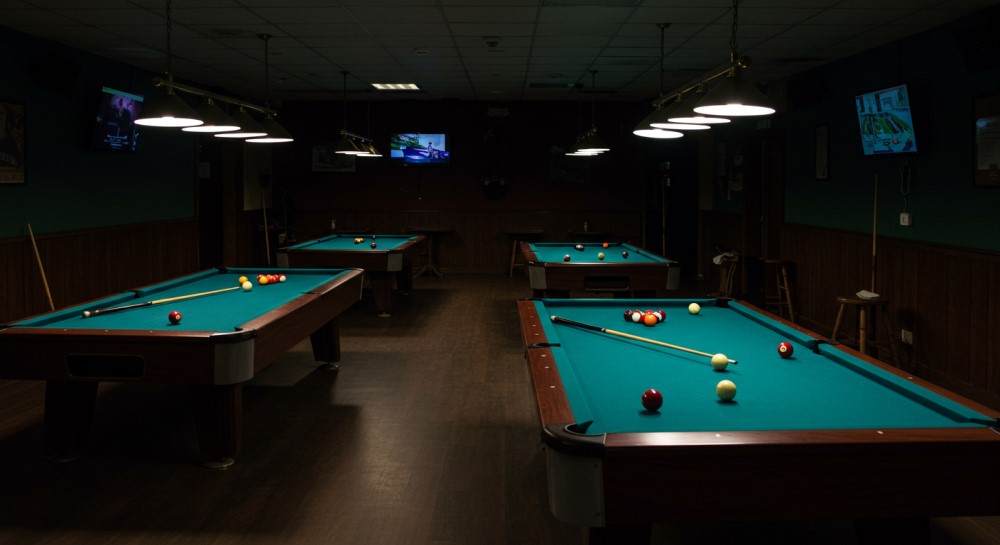
The history of American pool is a rich tapestry woven with culture, craftsmanship, and competition. From its humble beginnings in European parlours to the rugged saloons of the American frontier, and onward to the polished arenas of today’s international tournaments, pool has continuously evolved while maintaining its core appeal: skill, precision, and strategic brilliance.
Throughout each era—be it the saloon culture of the 19th century, the golden age of straight pool, or the flair-filled hustle of the 20th century—American pool has reflected the social pulse of its time. It has been both a game for the everyday player and a proving ground for legends. Figures like Willie Mosconi, Minnesota Fats, and Earl Strickland weren’t just champions—they were storytellers with cues, capturing imaginations across generations.
In the modern era, pool is not only surviving but thriving. With the advent of technology, global talent, and an ever-expanding online presence, the sport has found new ways to reach and inspire. Young players are training smarter, audiences are more engaged, and the game is more inclusive than ever before.
Yet, despite all the progress, American pool remains beautifully simple at its core: a cue, a ball, a table—and the endless possibilities that follow. Whether played for fun in a pub or battled over in a world final, it continues to challenge, delight, and connect people worldwide.
As we look to the future, one thing is clear: American pool is more than just a game. It’s a legacy of creativity, competition, and community. Its past informs its future, and its future looks brighter than ever.
So the next time you chalk up, take a moment to appreciate the centuries of history behind that break. You’re not just playing a game—you’re continuing a global tradition.

